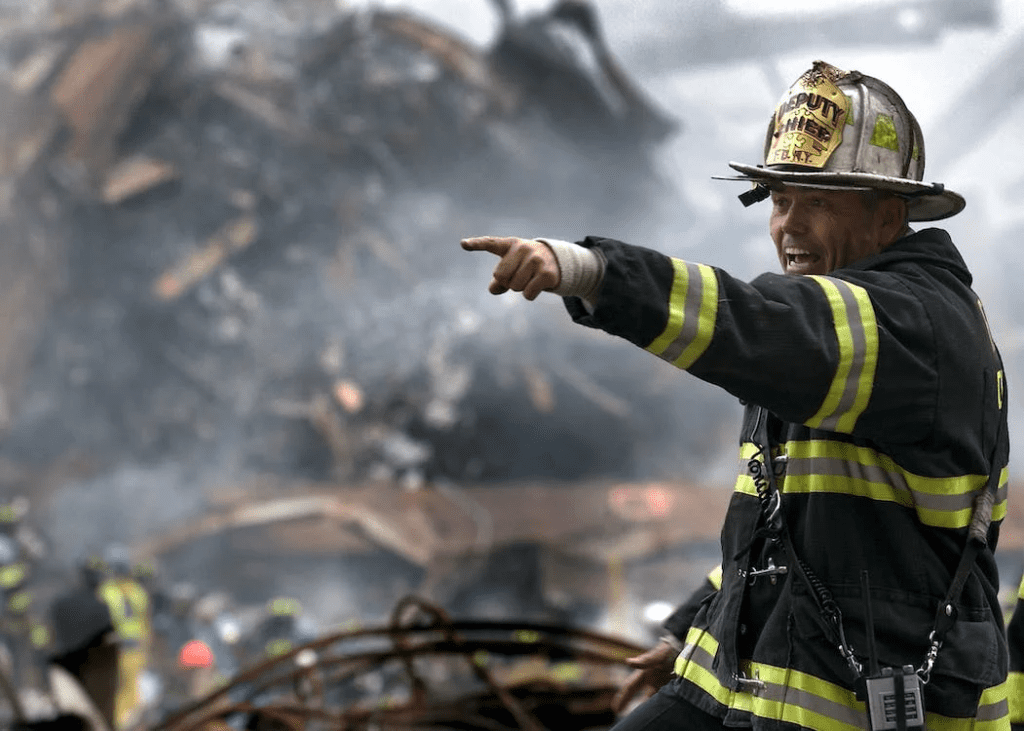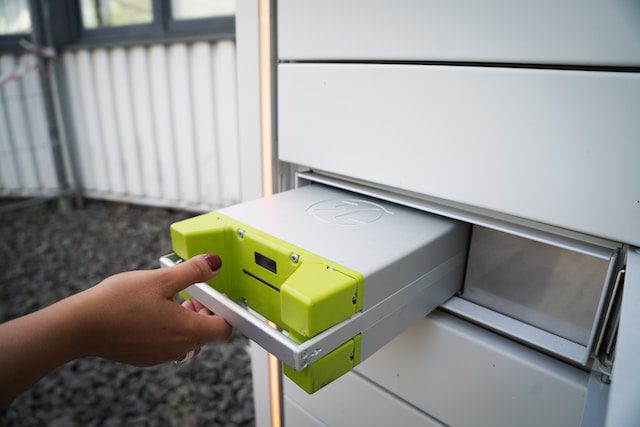The commercial drone market is thriving, adding jobs and impacting lives in many ways. As drone technology advances and legal restrictions ease, people across industries are embracing this technology.
While its roots can be traced to the arms industry, drones are now used in many industries due to their efficiency and safety. They help companies and individuals save money by lowering the costs of undertaking certain operations like surveying and animal monitoring.
Drones are changing our lives in ways we couldn’t imagine a few decades ago. From farming to healthcare and construction, here are the top 6 awesome ways drones make a mark in the world.
1. Stockpile Measurement
Drones are revolutionizing the building and construction industry, making stockpile measurement’s otherwise difficult jobs easy. Drones are designed with LiDar sensors and cameras to take aerial images of stockpiles. 3D models are then created from the photos, allowing more accurate stockpile mass and volume estimation.
But their application doesn’t end there, drones for waste management help with monitoring to ensure waste is handled correctly. They also help measure landfill airspace, detect illegal dumping, and collect garbage from coastlines.
2. Healthcare and Delivery of Medical Supplies
Thanks to technologies like virtual care, patients can now access diagnosis and a range of healthcare solutions remotely from the comfort of their homes. But, after diagnosis, what next? This is where drones come in. Drones enhance healthcare by delivering vaccines, blood, and medications and collecting samples in remote areas, helping overcome transportation obstacles.
Since drones are faster and safer, they are best for sensitive tasks like transporting delicate organs like lungs, heart, or kidneys that demand great care. The drones are equipped with sensors that allow real-time monitoring of the organ status, improving organ quality during transplant and saving lives.
3. Risk Management
Before the arrival of drones, workers had to deal with risky working environments that often turned fatal, leading to financial losses to companies in compensation. Now, drones have helped manage risk and improve workers’ safety, minimizing workplace slips and falls.
Drones are the ultimate remedy in risky and costly situations, like when there’s a need to inspect tall buildings or access dangerous locations. These devices can also do a better job of recording high-quality images and collecting data for analysis.
4. Farming and Crop Inspections
How we farm today is being reshaped by drone technology. Drones offer many benefits to farmers, from reducing human labor costs and speeding processes to increasing yields through real-time monitoring of plants.
Here are some of the ways drone use is impacting farming:
- Drones have high-resolution cameras that provide aerial views, enabling farmers to manage large farms.
- For farmers with large herds of livestock, drones can help track their movement to ensure they are safe and in optimal health.
- With high-precision aerial imagery, surveying and mapping large plots of land is made easier.
- Controlling farm pests and diseases is now seamless, with early detection of symptoms and signs allowing timely interventions.
- Advanced drones can plant seeds in conditions where the use of human labor is challenging.
- Drones can be used to automate fertilizer and pesticide applications in large-scale production.
- Some drones are built with sensors that allow farmers to increase precision and can now cut water waste, boost yields, and increase profits.
5. Disaster Management

Emergency-response drones collect and relay real-time information, saving time and reducing the workforce needed. Before, first responders had to do all the work in haste and risky environments. Considering that time is critical in emergency operations, efficient tools like drones come in handy and increase the chance of success.
Drones can fly to great heights and provide responders with an excellent aerial view of the situation, allowing informed decision-making. Additionally, it allows the assessment of dangerous situations by the rescuers from a safer distance and allows the supply of food, medicine, or water, preventing the situation from escalating.
Disaster response drones are fitted with unique thermal imaging cameras with sensors for detecting heat. This allows rescuers to easily detect humans or living things, which could have been much harder to do with the naked eye.
6. Delivery of Food and Shipping Products
Drone use in food and product delivery is gaining momentum. With many benefits over usual delivery methods, such as cheap and fast delivery solutions even to less accessible areas. For businesses, this means better customer satisfaction since they can receive products on time and safely.
Through partnerships with drone companies, restaurants, and sellers can now fulfill deliveries via cable or drop-off locations. This will allow them to reach more customers since they can travel long distances. The effect will be fewer vehicles on the roads, cutting fuel emissions, and improving the environment.
Conclusion
Drone application is becoming a norm in various industries. Because of their speed, efficiency, and precision, many people are embracing drones in Stockpile management, safety and risk management, search and rescue missions, medicine delivery, food and product delivery, and agriculture.
As drone hardware improves and software is integrated with trendy technologies like AI and Machine Learning, drones are expected to advance, and their use will widen. More advanced features and multifunctionality will offer more value to users and allow them to function with minimal human intervention, impacting more industries.



